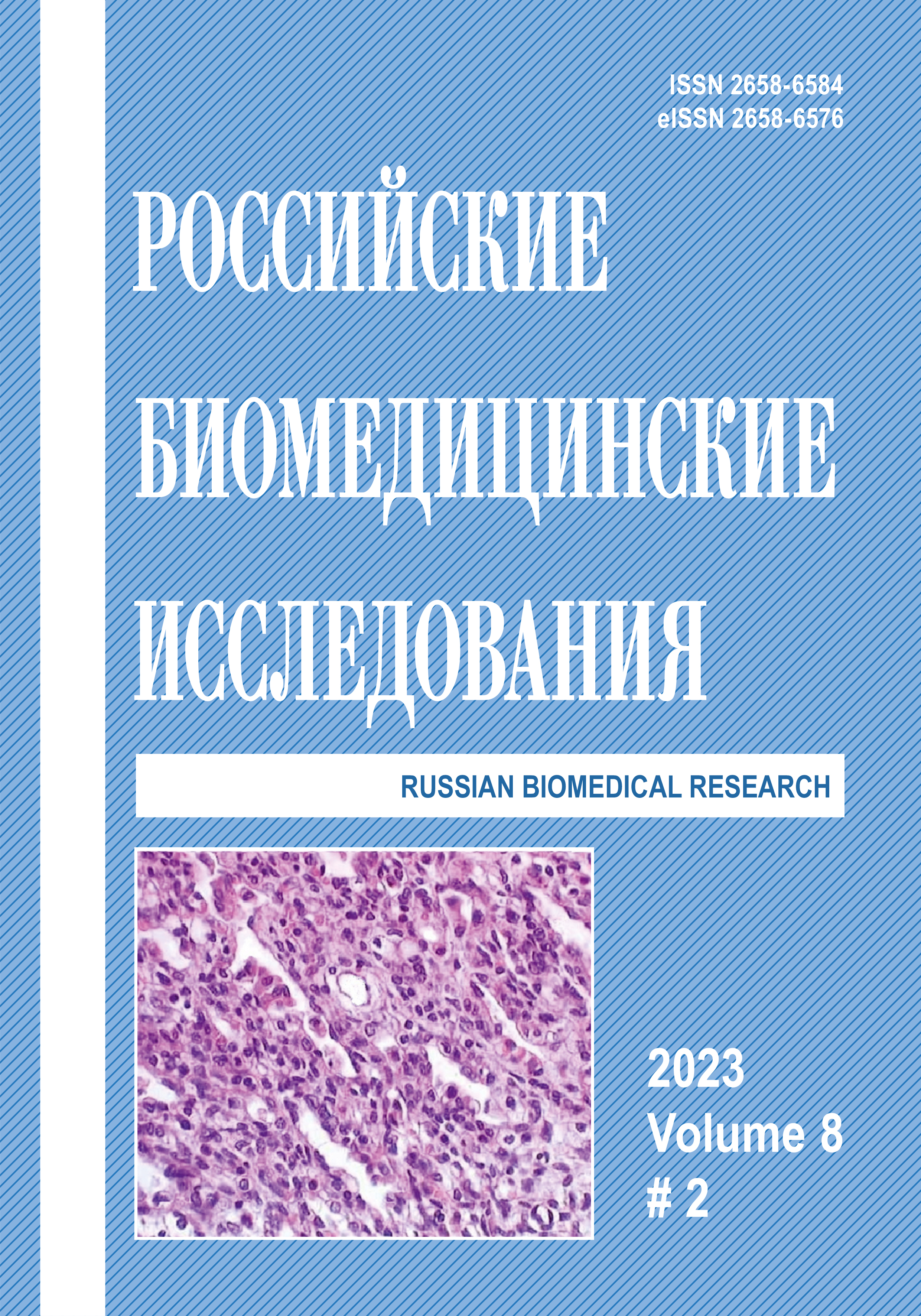ANTHRAX: BIOLOGICAL FEATURES OF THE PATHOGEN
Abstract
Anthrax (anthrax) — the disease, known since ancient times, refers to particularly dangerous infections with high mortality, which, with untimely diagnosis and the absence of etiotropic therapy, can reach 90 %, and with the pulmonary form — 100 %. According to WHO, between 2,000 and 20,000 cases of anthrax in humans are registered annually in the world, including fatal cases, which are more often observed in developing countries. The biological properties of the causative agent of anthrax — Bacillus anthracis — are unique. So, it forms a capsule and produces exotoxin exclusively in the host body, this property is used as a sign for differentiation of B. anthracis from other spore aerobes. The capsule of B. anthracis consists of a polypeptide formed by a rightotating isomer of glutamic acid, which has biological inertia and resistance to destruction by proteases, and the exotoxin does not form an AB-structure typical for exotoxins, it includes three separate components. The presence of spores allows the pathogen to persist in the soil for decades and in natural disasters or man-made disasters to come out of hiding and cause diseases again, which indicates the relevance of anthrax and the need for constant vigilance in its relation.
Copyright (c) 2023 Russian Biomedical Research

This work is licensed under a Creative Commons Attribution 4.0 International License.



